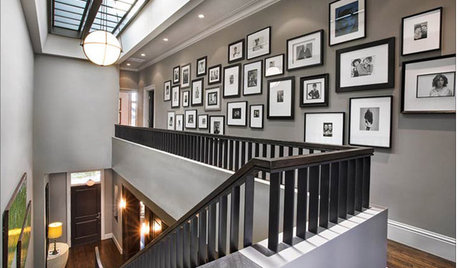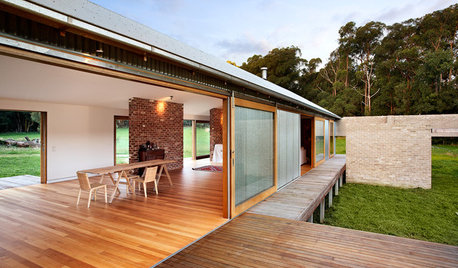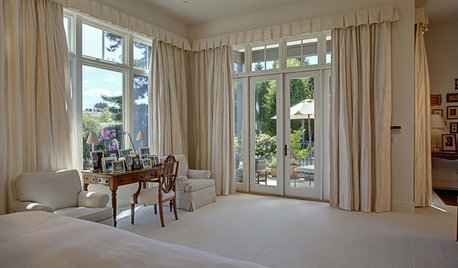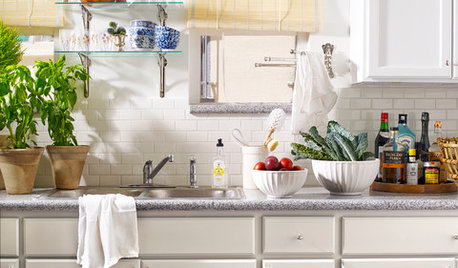15 SEER not beneficial without duct resizing?
yam2006
17 years ago
Related Stories

KITCHEN APPLIANCESWhat to Consider When Adding a Range Hood
Get to know the types, styles and why you may want to skip a hood altogether
Full Story
GREAT HOME PROJECTSHow to Design a Family Photo Wall
New project for a new year: Display your favorite images of loved ones for the most personal gallery wall of all
Full Story
SAVING WATER11 Ways to Save Water at Home
Whether you live in a drought-stricken area or just want to help preserve a precious resource, here are things you can do to use less water
Full Story
MOST POPULAR5 Ways to Hide That Big Air Conditioner in Your Yard
Don’t sweat that boxy A/C unit. Here’s how to place it out of sight and out of mind
Full Story
ARCHITECTUREHow Thermal Mass Keeps You Warm and Cool
Passive solar design makes use of this element. Here’s how it works and how you can get it in your home
Full Story
WINDOW TREATMENTSHow Low Should Your Drapes Go?
Hover, brush the floor or pool like Scarlett O'Hara's tears — we give you the lowdown on curtain length options
Full Story
KITCHEN DESIGNHouzz Call: Pros, Show Us Your Latest Kitchen!
Tiny, spacious, modern, vintage ... whatever kitchen designs you've worked on lately, we'd like to see
Full Story
KITCHEN DESIGNKitchen of the Week: Making Over a Rental for About $1,500
Fresh paint, new hardware, added storage, rugs and unexpected touches breathe new life into a Los Angeles apartment’s kitchen
Full Story
GREEN BUILDINGInsulation Basics: Designing for Temperature Extremes in Any Season
Stay comfy during unpredictable weather — and prevent unexpected bills — by efficiently insulating and shading your home
Full Story
KITCHEN APPLIANCESLove to Cook? You Need a Fan. Find the Right Kind for You
Don't send budget dollars up in smoke when you need new kitchen ventilation. Here are 9 top types to consider
Full StoryMore Discussions







bob_brown
yam2006Original Author
Related Professionals
Phoenix Solar Energy Systems · Bell Gardens Solar Energy Systems · Cocoa Beach Solar Energy Systems · Norton Solar Energy Systems · Palo Alto Solar Energy Systems · Santa Maria Solar Energy Systems · Torrington Solar Energy Systems · Beverly Hills Home Automation & Home Media · Bozeman Home Automation & Home Media · Farmington Home Automation & Home Media · Half Moon Bay Home Automation & Home Media · Norwalk Home Automation & Home Media · Plainview Home Automation & Home Media · Ashland Electricians · Concord Electriciansyam2006Original Author
saltcedar
don21
bob_brown
yam2006Original Author
bob_brown
airsome
joeplumb
andrelaplume2
energy_rater_la